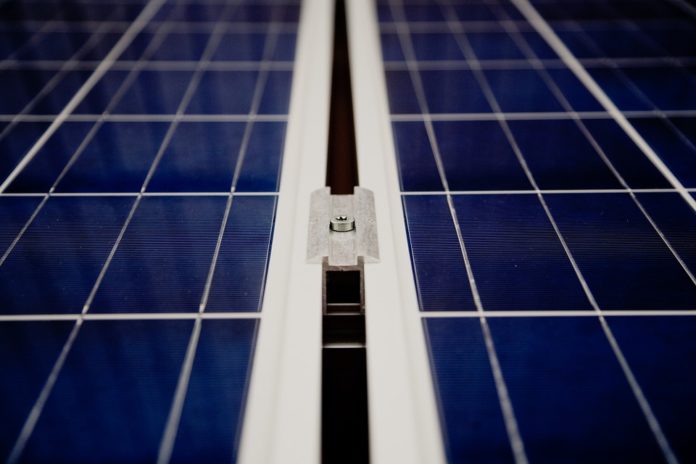
Renewable energy is still a contentious subject in many parts of Minnesota, and across the country as well. The reliance on fossil fuels remains strong, and, even for those that support renewable energy and converting to renewables to meet our energy demands, the technology hasn’t quite made it as attractive, affordable, and efficient as it needs to be.
But this is changing. And quickly.
Renewable energy batteries
Part of the problem is that renewable energy is linked to its source, i.e. if the wind isn’t blowing, or the sun isn’t shining, windmills and solar panels become considerably less effective. This makes battery storage of those energies a crucial piece (perhaps most important piece) of renewable energy’s effectiveness and viability in replacing established fossil fuel counterparts in the long term.
Enter the University of Minnesota’s Energy Transition Lab. A recent study released by the team outlines the potential for new technology in energy storage in batteries, and how close we are to achieving what we need for grid batteries to replace fossil fuels as the more cost-efficient option. The study’s findings ultimately conclude that battery storage will soon be cheaper than building and maintaining natural gas power plants; it will ultimately be cheaper to meet Minnesota’s power needs with renewable energy within 5 years (by 2022).
All thanks to battery storage.
Read the full report: Modernizing Minnesota’s Grid: An Economic Analysis of Energy Storage Opportunities
More info: U of M Energy Transition Lab
Of course, we’re not there yet. The report was centered solely around Minnesota’s energy needs, which fluctuate based on region. On a mass scale, it will be hard to implement when taking into account landscapes that allow for more/less wind, sun, etc. And the report is still centered around the power needed during hours of highest usage, which also fluctuate; if on Vikings gameday everyone is warming up their Velveeta for nachos at the same time, or if the weather acts up (as it is known to do in Minnesota) and everyone is stuck inside with the heat on, or AC running, more energy will be needed.
Currently, these issues are addressed by smaller “peaker plants” pumping extra energy into the grid.
As battery storage continues to progress, however, it won’t be long before these plants are replaced by batteries as the cheapest, and cleanest, option out there.
More to come.
Read this next: Participate in a community garden (of solar power)
















